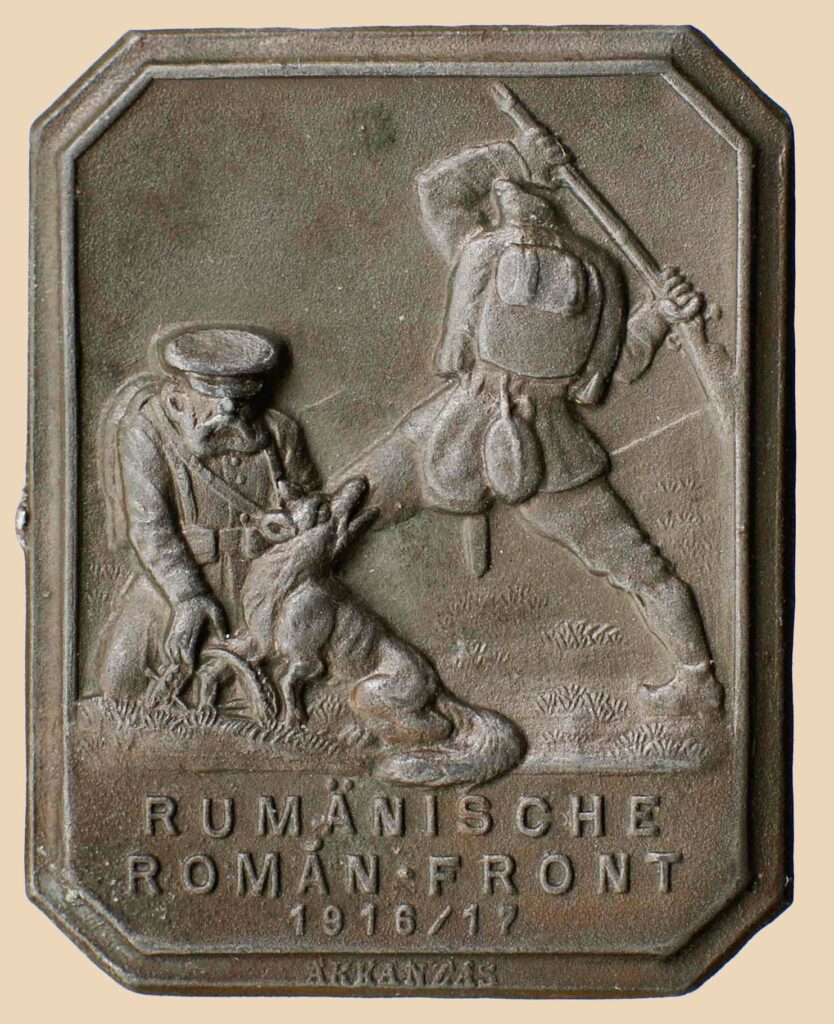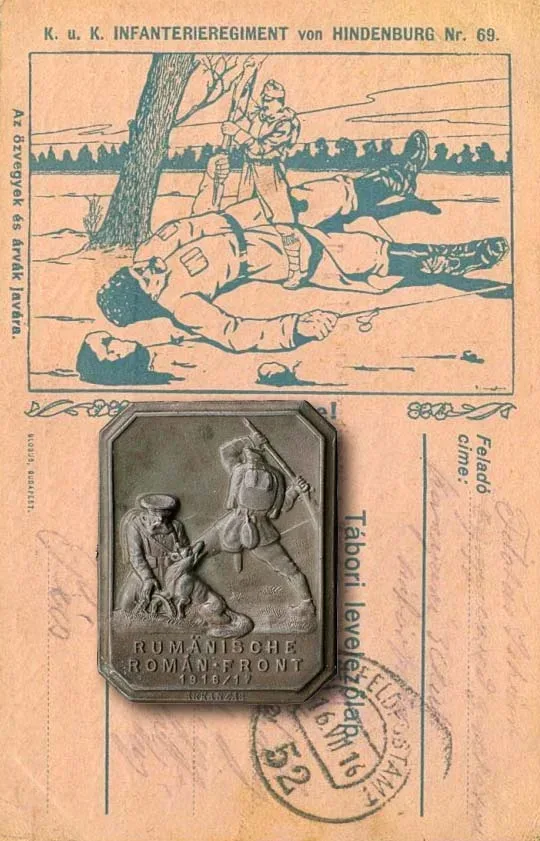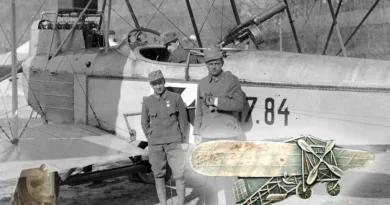Romanian front
After a long hesitation, Romania, seeing the success of the Brusilow offensive, finally decided to enter the Great War on the side of the Entente. There was no shortage of promises, he was promised twice his former territory as a reward. The attack launched in August 1916 could not bring the Monarchy to its knees, which of course had much greater military potential – on paper. The larger size was accompanied by two years of war experience, and last but not least, the fact that the protection of his own territory was at stake. Half of the divisions transferred to the Romanian front were German imperial units. Germany urgently helped the Monarchy, which had been shattered on the Russian front. The other half of the troops consisted mainly of Hungarian-speaking divisions. Among them, for example, was the 82nd Infantry Regiment, whose recruiting area was Szeklerland, which had just been attacked by the Romanians. The national defense gave great strength to the defending divisions.
Soon the course of the battle was reversed and the Romanian invaders were driven out of Transylvania. After the occupation of Bucharest, the Romanian army collapsed. The entire territory of Romania was not occupied by the Monarchy. Romanian rule has been maintained in Moldova. The main reason for this was that the Russians at the time were throwing troops into Moldavia to secure their backs from this direction. The front line of the Eastern Carpathians has survived near the old state border. The trenches were occupied by Russians.

This event was of paramount importance for war propaganda. The country finally managed to reap a clear victory over an enemy country again (by early 1916, the annexation of Serbia and Montenegro had already been achieved). Russian military activity, which also extended to the Carpathians, also inspired the badge designer. On the badge shown, we see a Russian soldier in his plate hat. He is trying to free the trapped Romanian fox. The Hungarian buck, emerging from the background, strikes with its rifle barrel and tries to prevent this.
The postcard used as background also illustrates the war against the Russians. Over the Cossack giant spread on the ground, a Hungarian soldier is preparing for a deadly stab. This page is from the 69th Infantry Regiment series. Although they did not fight on this frontline, the subject of their postcards was also anti-Russian propaganda.




